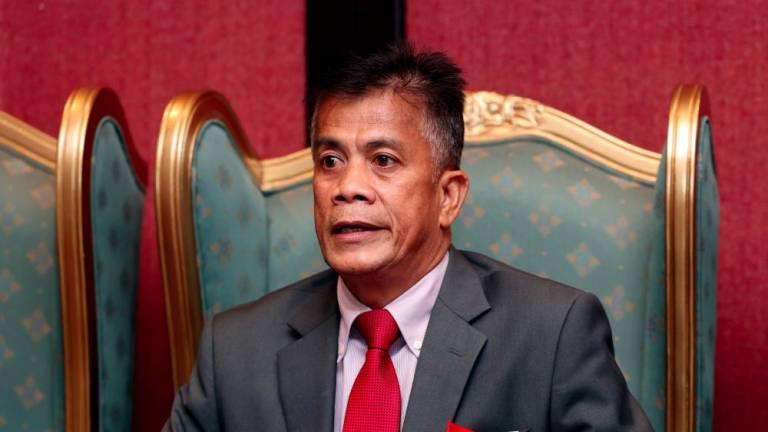IN today’s context, service is no longer a one-directional action of providing excellent support and assistance to the customers. Instead, the service sector is moving towards the provision of quality experiences for its consumers, so much so that experience has become a product.
Experience can be defined as an event or occurrence which leaves an impression on someone. Our culture, in particular, is made up of our live experience. Beyond the hegemonic ideas of our own culture, we often desire for exposures to a myriad of other experiences. These desires have led to the popularisation of international tourism.
The concept of “Experience Economy” by Pine and Gilmore further reiterates the importance of experience as the new phase of economic development. In other words, the current service economy has to factor in trends of the experience economy so as to generate greater economic impact.
Businesses outside the service sector are also designing unique experiences to complement their physical products so as to enhance their competitive edge.
Restaurants and cafes are embracing festivalisations to provide patrons with added spectacles on top of the food. IKEA stores, for instance, have effectively designed in-store visit experience to enhance the value of their furniture and home accessories.
The knowledge of service design is key to making unique and memorable customer experiences. Service design is about walking in the customers’ shoes and understanding the kind of experience they would desire even prior to coming in touch with the offerings of the business, to the actual consumption scenarios, as well as the customers’ possible needs post-consumption.
Research is an important process of service design. A competent service designer studies the evolving macro-environment so as to construct new knowledge about future customer experience trends.
With the growing affluence of the population, a likely trend is in the growing number of people seeking multiple major experiences in their lifetime (and not just one or two). Another trend is in the rising demand for nature and nostalgia, specifically created in response to the busy lives of city dwellers.
It is also surmised to say that retirees in 2030 would be more educated and technologically savvy than current retirees. By then, societies would have become more “ageless” and the taste/demand for experiences post-retirement would be completely different from what it is today.
With the data and evidences gathered from the research, service designers proceed to formulate adequate strategies to elevate customer experience.
Strategies include the re-adjustments of the business’ backend processes to ensure a good system in place to deliver the experience. Moreover, the ambience of the business and
the look and feel of its products are also likely to be influenced by the strategies.
Simply put, service design places the customers in the centre of the entire business. The Covid-19 pandemic has brought about an accelerated deglobalisation process.
The growing lockdown and technology fatigue has propelled the surge in demand for unique experiences closer to home.
Businesses that usually depend on international visitors have to revisit their customer experience strategies in order to make their product offerings more attractive to their local communities.
Even with the gradual return of international travel in due course, destinations are bound to implement their own set of requirements and standard operating procedures. Travellers will be pickier in their travel choices as they maximise the positive experience out of each precious trip.
That said, service design is only going to be more prominent than ever. Another relevant concept to service design is user-experience (UX) design, which looks into customer experience in the digital sphere.
In this information age, individuals are devoting a lot of their time in front of multiple screens. UX designers research into the needs of the targeted users of the product, be it a website, mobile application or an operating system, and plot the entire digital experience of the users.
Many online applications and digital devices are investing in UX design so as to enlarge their user base and to attract users to spend more time in front of their screens. It comes as no surprise that UX designers are amongst the best paid designers in the field.
In my opinion, salaries for service design professionals, similar to UX designers, will increase with the growing demand.
In the near future, more institutions of higher learning will look into incorporating the concept of service design in their curriculum across different academic disciplines. Moreover, there could also be new undergraduate and postgraduate programmes specialising in service design.
The curriculum aside, students who are considering a career in the service sector should also find out if the institutions have the necessary experience, competencies, determination, as well as the right environment to train future service professionals.
Dr Benny Lim is currently an Adjunct Asso Prof with Berjaya University College and a visiting scholar with the Chinese University of Hong Kong. Comments: letters@thesundaily.com













